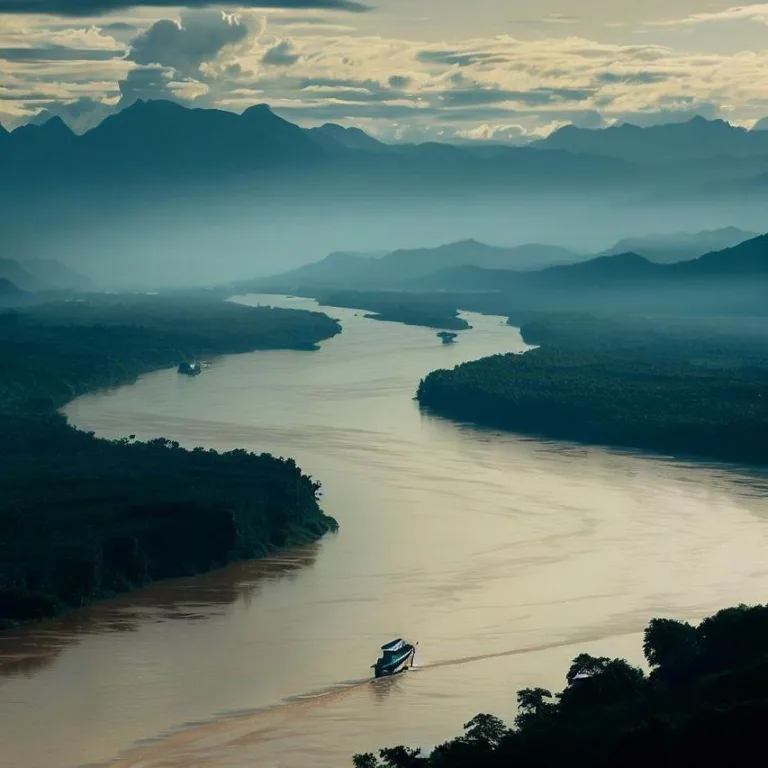Welcome to an enchanting journey along the Mekong River, an iconic waterway that winds its way through the heart of Southeast Asia. Flowing through six countries, the Mekong is more than just a river; it’s a lifeline, a source of livelihood, and a repository of culture and history. In this article, we delve into the captivating beauty and significance of the Mekong River.
The mekong’s mighty path
The Mekong River, known as the „Mother of Water,“ stretches over 4,350 kilometers, making it one of the longest rivers in Asia. Its journey begins high in the Tibetan Plateau, where it’s fed by glacial meltwaters and monsoon rains. As it meanders southward, it traverses China, Myanmar, Laos, Thailand, Cambodia, and Vietnam, creating a tapestry of landscapes and ecosystems along the way.
A source of life
The Mekong River isn’t just a geographical feature; it’s the beating heart of the region. Its fertile banks provide sustenance to millions of people who rely on the river for fishing, agriculture, and transportation. The annual monsoon floods deposit nutrient-rich sediment, enriching the soil and supporting the cultivation of rice, fruits, and vegetables.
Economic significance
Beyond its cultural and environmental importance, the Mekong also plays a crucial role in the economies of the countries it flows through. It facilitates trade and commerce, serving as a natural highway for transporting goods. The river also supports industries such as tourism, with visitors drawn to its serene beauty and the vibrant communities that thrive along its shores.
Biodiversity and conservation
The Mekong River basin is a biodiversity hotspot, home to a staggering array of plant and animal species. From the elusive Irrawaddy dolphins to the giant catfish, the river sustains unique ecosystems. However, rapid development, dam construction, and pollution threaten this delicate balance. Efforts are being made to balance development with conservation to ensure the river’s sustainability for future generations.
Cultural treasures
As the Mekong journeys through diverse cultures and landscapes, it weaves together a rich tapestry of traditions and stories. The river is a source of inspiration for art, music, and literature across the region. Floating markets, traditional fishing practices, and riverside communities offer glimpses into the lives of the people who call the Mekong home.
Challenges and future prospects
The Mekong faces numerous challenges in the 21st century. Climate change, hydropower dam construction, and pollution threaten the delicate balance of the river ecosystem. Cross-border cooperation and sustainable development strategies are crucial to ensuring the Mekong’s longevity and the well-being of the communities that rely on it.
Q: What countries does the Mekong River flow through?
The Mekong River flows through six countries: China, Myanmar, Laos, Thailand, Cambodia, and Vietnam.
Q: How long is the Mekong River?
The Mekong River stretches over 4,350 kilometers, making it one of the longest rivers in Asia.
Q: What is the significance of the Mekong River?
The Mekong River is of immense cultural, economic, and environmental importance to the countries it flows through. It sustains livelihoods, supports biodiversity, and facilitates trade and transportation.
Q: What are the challenges facing the Mekong River?
The Mekong River faces challenges such as climate change, dam construction, and pollution, which threaten its ecosystem and the well-being of communities along its banks.
Q: How can the Mekong River’s future be secured?
Securing the future of the Mekong River requires international cooperation, sustainable development practices, and efforts to balance economic growth with environmental conservation.
Viz také:






